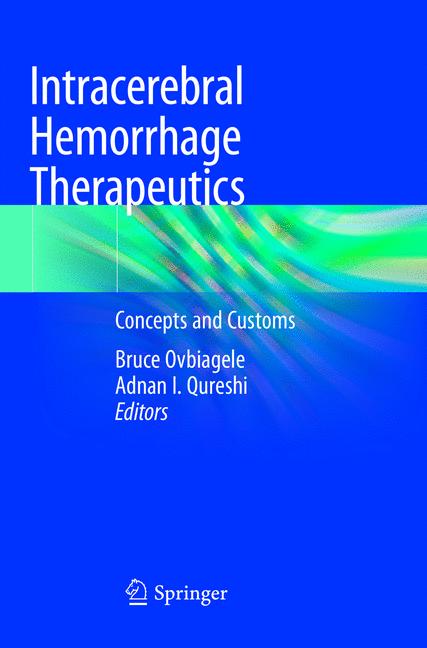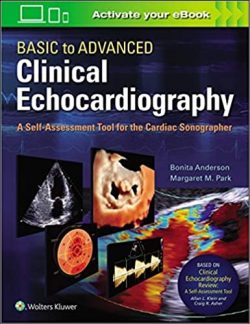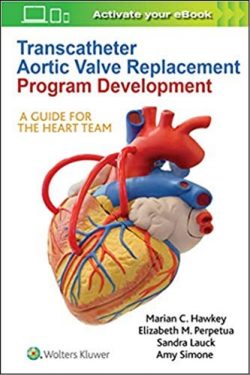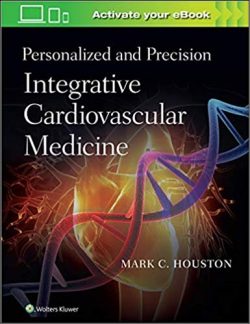This book provides a framework for goal-targeted management of the adult patient with spontaneous non-traumatic intracerebral hemorrhage (ICH). Topics addressed in a comprehensive yet practical manner in the book include pre-hospital/emergency department care, early inpatient work-up, antithrombotic- and thrombolytic-related strokes, optimal blood pressure management, avoidance of medical complications, surgical interventions, outcome prognostication, recurrence prevention, rehabilitation/recovery, special situations, systems of care, and the design of clinical trials for patients with ICH. Procedures, processes, and helpful decision-making algorithms are presented with the aid of complementary illustrations that facilitate understanding of practical aspects and enable the reader to promptly retrieve relevant information. In addition, the most current evidence-based therapies for routine management of ICH patients and a glimpse of promising future treatment strategies are reviewed. Timely and consolidated, clinicians will find this to be an indispensable resource to navigating the ever-increasing pace of discovery that is transforming what we know about ICH and its treatment.
Chapter 1. Prehospital And Emergency Department Management Of Intracerebral Hemorrhage
Chapter 2. Early Inpatient Work-up for Intracerebral Hemorrhage
Chapter 3. Antithrombotic- and Thrombolytic-related Intracerebral Hemorrhage
Chapter 4. Blood Pressure Management in Intracerebral Hemorrhage
Chapter 5. Thromboprophylaxis and Seizure Management in Intracerebral Hemorrhage
Chapter 6. Surgical Treatment of Intracerebral Hemorrhage
Chapter 7. Intracerebral Hemorrhage Prognosis
Chapter 8. Prevention of Recurrent Intracerebral Hemorrhage
Chapter 9. Special Disease Management Considerations
Chapter 10. Special Systems of Care Considerations in Intracerebral Hemorrhage
Chapter 11. Rehabilitation and Recovery after Intracerebral Hemorrhage
Chapter 12. Clinical Trial Design in Subjects with Intracerebral Hemorrhage
“Intracerebral Hemorrhage Therapeutics presents a well-constructed compendium of the latest evidence-based recommendations for evaluation and treatment of patients with ICH. For a neurosurgical audience the book represents an excellent resource with practical recommendations and critical commentary on the results of the latest clinical trials comprising the spectrum of the disease.” (Gustavo Pradilla, Neurosurgery, Vol. 85 (3), September, 2019)
Bruce Ovbiagele, MD, MSc, MAS, MBA
University of California
San Francisco Medical Center, San Francisco
USA
Adnan I. Qureshi, MD
Professor of Neurology, Neurosurgery and Radiology
University of Minnesota
Minneapolis, MN
USA
This book provides a framework for goal-targeted management of the adult patient with spontaneous non-traumatic intracerebral hemorrhage (ICH). Topics addressed in a comprehensive yet practical manner in the book include pre-hospital/emergency department care, early inpatient work-up, antithrombotic- and thrombolytic-related strokes, optimal blood pressure management, avoidance of medical complications, surgical interventions, outcome prognostication, recurrence prevention, rehabilitation/recovery, special situations, systems of care, and the design of clinical trials for patients with ICH. Procedures, processes, and helpful decision-making algorithms are presented with the aid of complementary illustrations that facilitate understanding of practical aspects and enable the reader to promptly retrieve relevant information. In addition, the most current evidence-based therapies for routine management of ICH patients and a glimpse of promising future treatment strategies are reviewed. Timely and consolidated, clinicians will find this to be an indispensable resource to navigating the ever-increasing pace of discovery that is transforming what we know about ICH and its treatment.
Consolidated resource for current evidenced-based treatments and strategies for intracerebral hemorrhage (ICH)
Authored by worldwide leaders with extensive clinical experience
Fills a gap in the literature for this devastating stroke subtype





